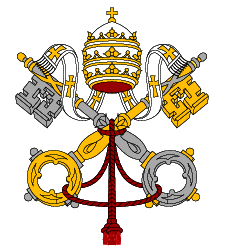
The following is taken from paragraph 20, section II of article 36 in Sacrosantum Concilium, concerning the translation of liturgical texts into the vernacular languages:
The Latin liturgical texts of the Roman Rite, while drawing on centuries of ecclesial experience in transmitting the faith of the Church received from the Fathers, are themselves the fruit of the liturgical renewal, just recently brought forth. In order that such a rich patrimony may be preserved and passed on through the centuries, it is to be kept in mind from the beginning that the translation of the liturgical texts of the Roman Liturgy is not so much a work of creative innovation as it is of rendering the original texts faithfully and accurately into the vernacular language. While it is permissible to arrange the wording, the syntax and the style in such a way as to prepare a flowing vernacular text suitable to the rhythm of popular prayer, the original text, insofar as possible, must be translated integrally and in the most exact manner, without omissions or additions in terms of their content, and without paraphrases or glosses. Any adaptation to the characteristics or the nature of the various vernacular languages is to be sober and discreet.
For the full text concerning liturgical translation, go to:
http://www.vatican.va/roman_curia/congregations/ccdds/documents/rc_con_ccdds_doc_20010507_liturgiam-authenticam_en.html

No comments:
Post a Comment